April 9, 2018
The security of the Internet of Things (IoT) is a constant topic of discussion, with the focus typically on the devices it connects. However, IoT also intersects with the worlds of law enforcement and public safety, and that connection has been growing in recent years.
Though not yet well known, the Human-as-a-Sensor (HaaS) paradigm is one worth focusing on. Unlike much of what we talk about with IoT, HaaS doesn’t rely on automated sensors at all — instead, it’s based on people reporting incidents they witness through mobile apps. Law enforcement is then able to aggregate this data in order to build a better sense of the emergencies at hand, and which ones to respond to first.
As you might expect, this technology is not without its cybersecurity threats. A team of researchers from the University of Greenwich set out to determine the exact ways in which cybercriminals can manipulate HaaS, and how law enforcement can ensure that it gets credible real-time information. You can find the full paper on IEEE Xplore here, but three of the key threats are listed below.
How Human-as-a-Sensor Can Be Manipulated
- Location spoofing
“Would-be attackers are able to send false reports that would appear to originate from any specific physical location of their choice.” This can throw responders off the trail of the crime. - DDoS attacks
“Network-based denial of service attacks against mobile devices can result in crime report messages being queued or dropped completely when network connectivity is lost or saturated.” - GPS spoofing
“Here, the location is spoofed not programatically, but by generating fake GPS signals using a software-defined radio (SDR) transmitter.”
See also 3 Ways to Protect Your IoT Smart Home Appliances from Cyber Attacks
As for how to combat these threats, the researchers had a few ideas. Doing so isn’t simple, determining whether a device is under attack or not doesn’t give law enforcement a sense of whether any of the data is useful. “A more practical approach would be to utilize the class probability of a report (i.e., the likeliness of the device being under attack / an attacker or not) to evaluate a mobile device’s cyber trustworthiness,” states the IEEE Xplore paper.
The trick, according to the researchers, is to score reports based on features of the mobile device that can be monitored in real time. For example, CPU and RAM usage can be a clue – random upticks when the phone isn’t being used are red flags. Location accuracy is another since location services can be compared to Wi-Fi and Bluetooth information.
Read the full paper to learn about the other detection methods they identified, and what role machine learning is playing in facilitating emergency response.
FOR MORE INFORMATION
Assessing the cyber-trustworthiness of human-as-a-sensor reports from mobile devices. The Human-as-a-Sensor (HaaS) paradigm, where it is human users rather than automated sensor systems that detect and report events.
For More Information
Assessing the cyber-trustworthiness of human-as-a-sensor reports from mobile devices
The Human-as-a-Sensor (HaaS) paradigm, where it is human users rather than automated sensor systems that detect and report events or [...]
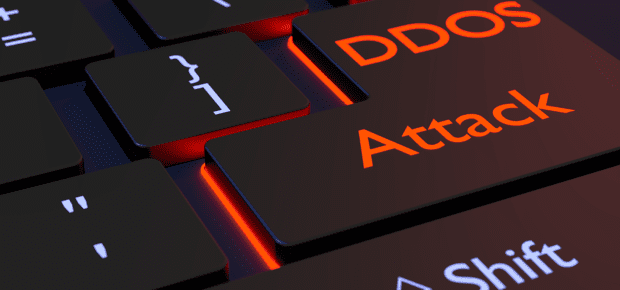




 Meaningful Momentum or Running in Place?
Meaningful Momentum or Running in Place? AI Through Our Ages
AI Through Our Ages Liquid Infrastructure: Our Planet's Most Precious Resource
Liquid Infrastructure: Our Planet's Most Precious Resource The Impact of Technology in 2025
The Impact of Technology in 2025 Quantum and AI: Safeguards or Threats to Cybersecurity?
Quantum and AI: Safeguards or Threats to Cybersecurity? Why AI Can't Live Without Us
Why AI Can't Live Without Us Bits, Bytes, Buildings and Bridges: Digital-Driven Infrastructure
Bits, Bytes, Buildings and Bridges: Digital-Driven Infrastructure Impact of Technology in 2024
Impact of Technology in 2024 Emerging AI Cybersecurity Challenges and Solutions
Emerging AI Cybersecurity Challenges and Solutions The Skies are Unlimited
The Skies are Unlimited Smart Cities 2030: How Tech is Reshaping Urbanscapes
Smart Cities 2030: How Tech is Reshaping Urbanscapes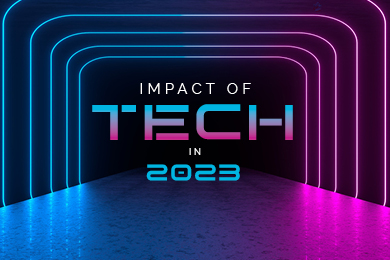 Impact of Technology 2023
Impact of Technology 2023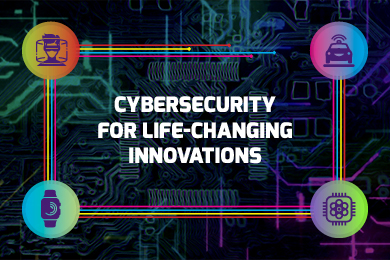 Cybersecurity for Life-Changing Innovations
Cybersecurity for Life-Changing Innovations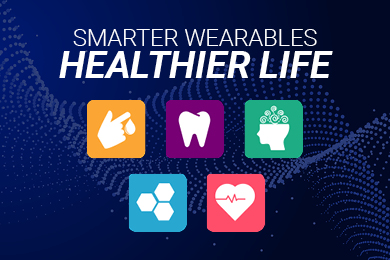 Smarter Wearables Healthier Life
Smarter Wearables Healthier Life Infrastructure In Motion
Infrastructure In Motion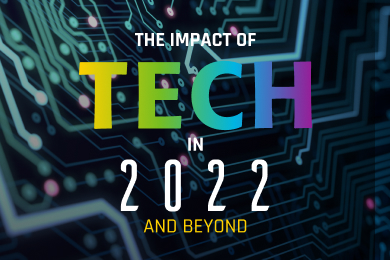 The Impact of Tech in 2022 and Beyond
The Impact of Tech in 2022 and Beyond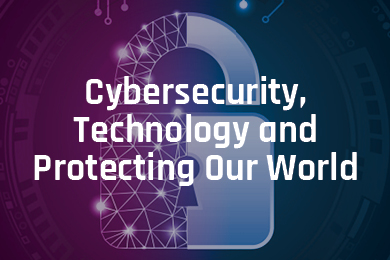 Cybersecurity, Technology and Protecting Our World
Cybersecurity, Technology and Protecting Our World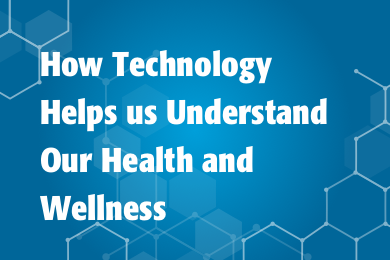 How Technology Helps us Understand Our Health and Wellness
How Technology Helps us Understand Our Health and Wellness The Resilience of Humanity
The Resilience of Humanity Harnessing and Sustaining our Natural Resources
Harnessing and Sustaining our Natural Resources Creating Healthy Spaces Through Technology
Creating Healthy Spaces Through Technology Exceptional Infrastructure Challenges, Technology and Humanity
Exceptional Infrastructure Challenges, Technology and Humanity The Global Impact of IEEE's 802 Standards
The Global Impact of IEEE's 802 Standards Scenes of our Cyber Lives: The Security Threats and Technology Solutions Protecting Us
Scenes of our Cyber Lives: The Security Threats and Technology Solutions Protecting Us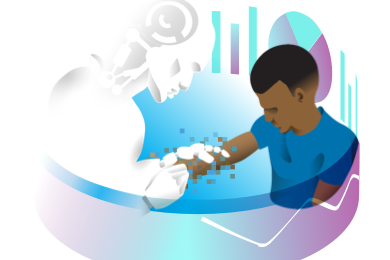 How Millennial Parents are Embracing Health and Wellness Technologies for Their Generation Alpha Kids
How Millennial Parents are Embracing Health and Wellness Technologies for Their Generation Alpha Kids Space Exploration, Technology and Our Lives
Space Exploration, Technology and Our Lives Global Innovation and the Environment
Global Innovation and the Environment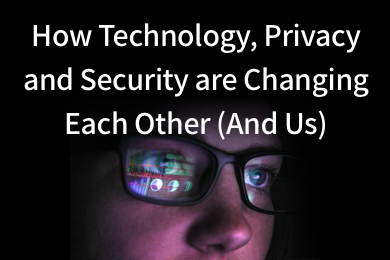 How Technology, Privacy and Security are Changing Each Other (And Us)
How Technology, Privacy and Security are Changing Each Other (And Us) Find us in booth 31506, LVCC South Hall 3 and experience the Technology Moon Walk
Find us in booth 31506, LVCC South Hall 3 and experience the Technology Moon Walk Virtual and Mixed Reality
Virtual and Mixed Reality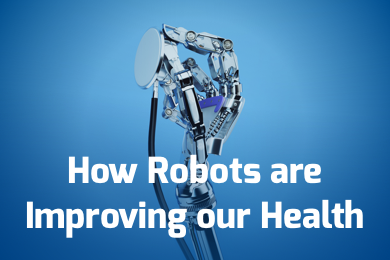 How Robots are Improving our Health
How Robots are Improving our Health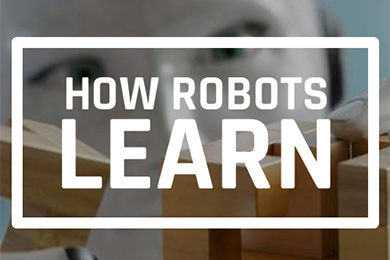 IEEE Experts and the Robots They are Teaching
IEEE Experts and the Robots They are Teaching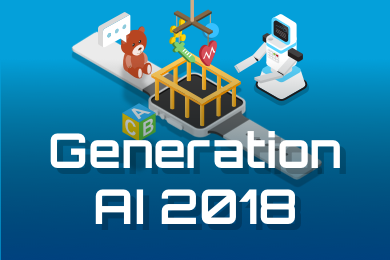 See how millennial parents around the world see AI impacting the lives of their tech-infused offspring
See how millennial parents around the world see AI impacting the lives of their tech-infused offspring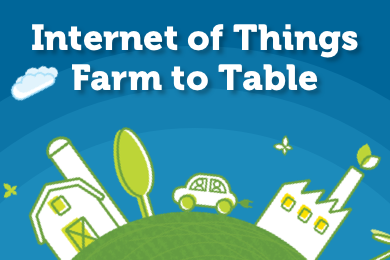 Take the journey from farm to table and learn how IoT will help us reach the rising demand for food production
Take the journey from farm to table and learn how IoT will help us reach the rising demand for food production Watch technical experts discuss the latest cyber threats
Watch technical experts discuss the latest cyber threats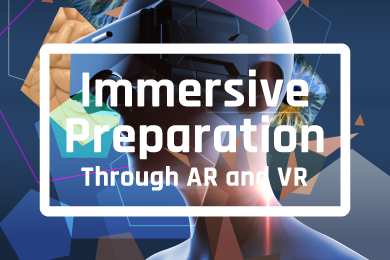 Explore how researchers, teachers, explorers, healthcare and medical professionals use immersive technologies
Explore how researchers, teachers, explorers, healthcare and medical professionals use immersive technologies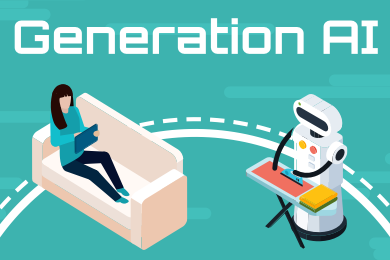 Follow the timeline to see how Generation AI will be impacted by technology
Follow the timeline to see how Generation AI will be impacted by technology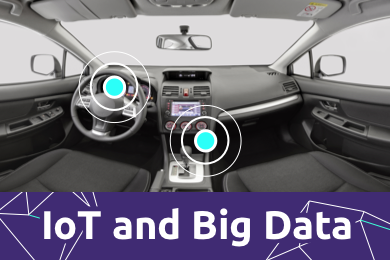 Learn how your IoT data can be used by experiencing a day in a connected life
Learn how your IoT data can be used by experiencing a day in a connected life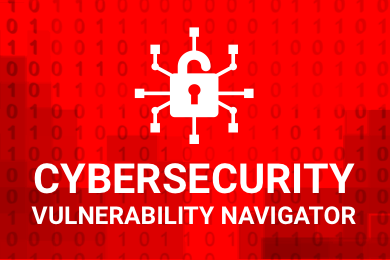 Listen to technical experts discuss the biggest security threats today
Listen to technical experts discuss the biggest security threats today See how tech has influenced and evolved with the Games
See how tech has influenced and evolved with the Games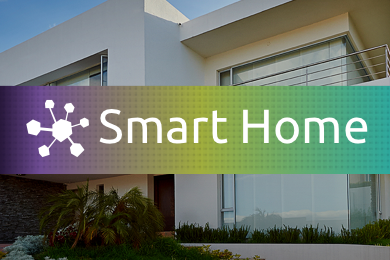 Enter our virtual home to explore the IoT (Internet of Things) technologies
Enter our virtual home to explore the IoT (Internet of Things) technologies Explore an interactive map showcasing exciting innovations in robotics
Explore an interactive map showcasing exciting innovations in robotics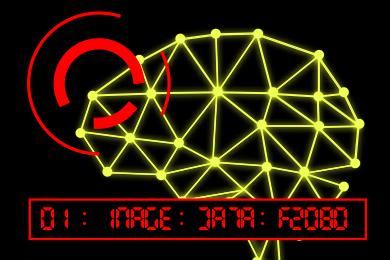 Interactively explore A.I. in recent Hollywood movies
Interactively explore A.I. in recent Hollywood movies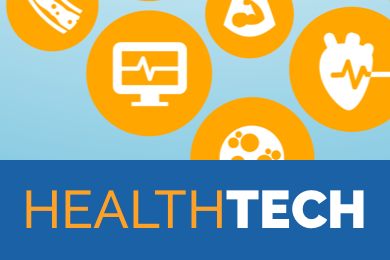 Get immersed in technologies that will improve patients' lives
Get immersed in technologies that will improve patients' lives